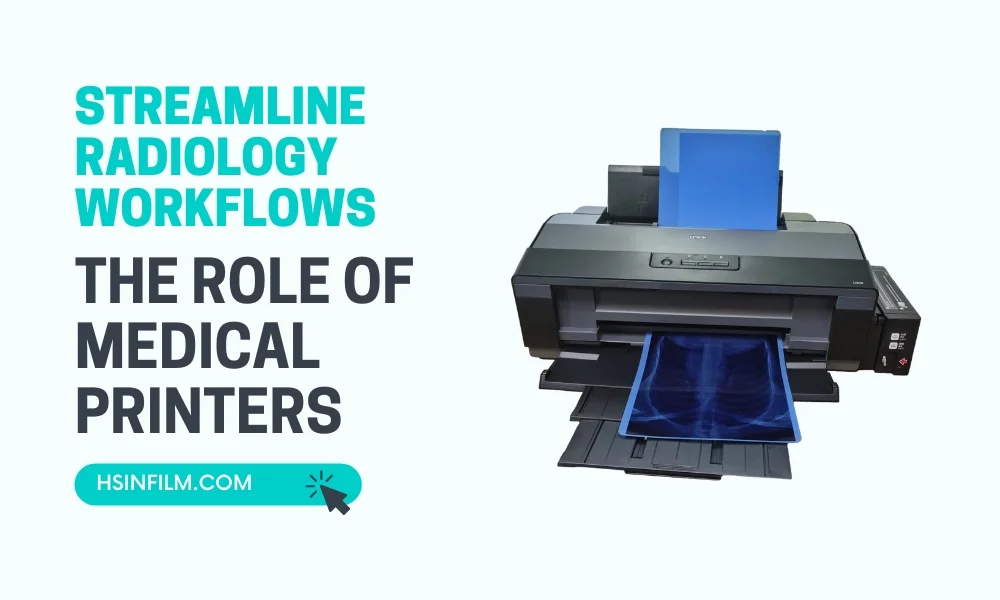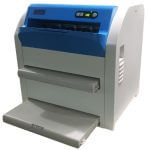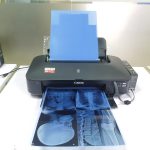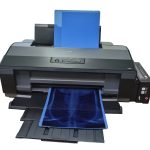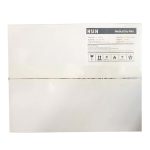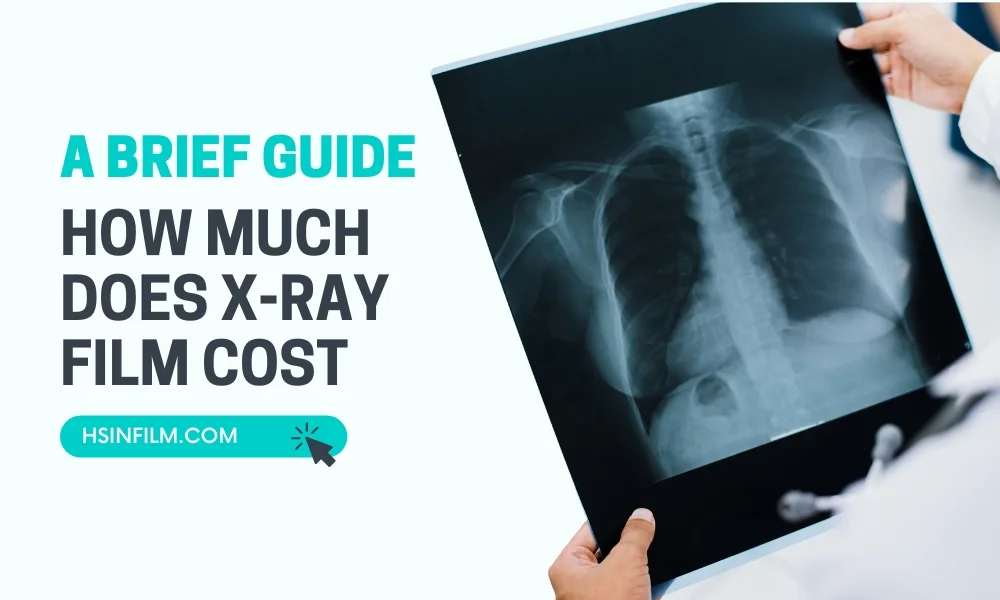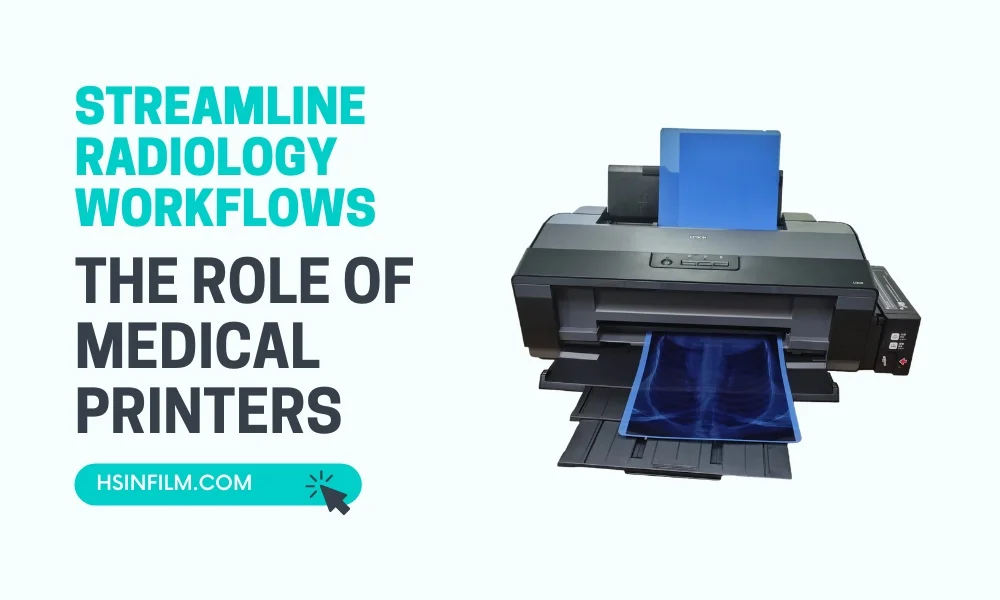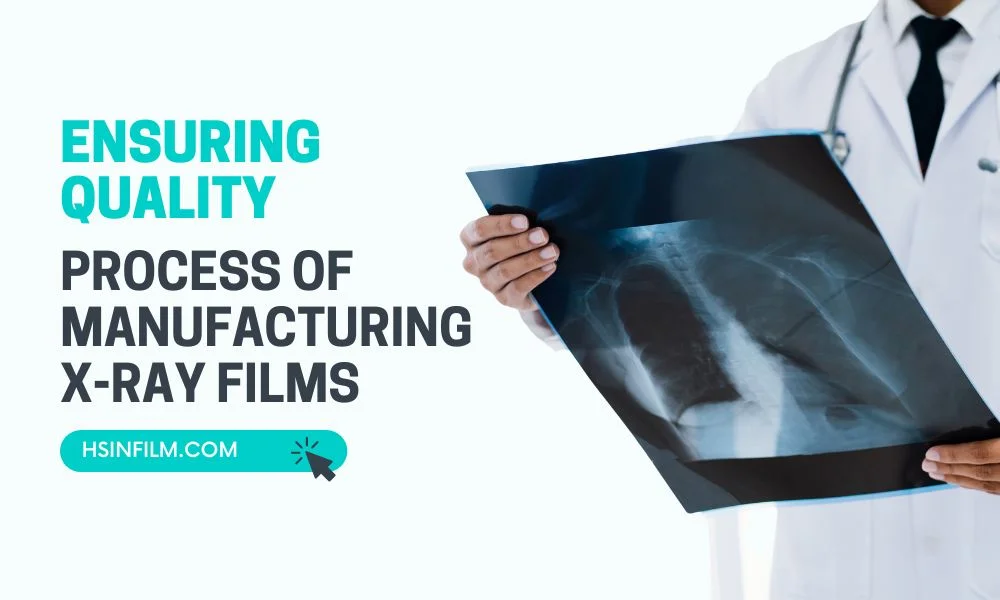Medical printers play a crucial role in the healthcare industry, providing essential support for diagnostics, patient care, and medical record-keeping. These specialized devices are designed to produce high-quality images and documents that are vital for accurate diagnoses and effective treatment. In this blog post, we’ll explore the various roles of medical printers, their importance in healthcare settings, and the benefits they offer to medical professionals and patients alike.
Table of Contents: Role of Medical Printers
What Are Medical Printers?
Understanding Medical Printers
Medical printers are specialized devices used in healthcare facilities to print medical images, reports, and records. Unlike standard office printers, medical printers are designed to handle specific tasks such as printing X-rays, ultrasound images, MRI scans, and other diagnostic images. They are also used for printing patient records, prescriptions, and other important documents that require clarity and precision.
Types of Medical Printers
There are several types of medical printers, each designed for different purposes. Some of the most common types include:
- Thermal Printers: Used for printing high-quality images, such as X-rays and ultrasound scans, thermal printers use heat to produce clear and detailed images on special thermal film.
- Inkjet Printers: These are often used for printing patient records, prescriptions, and reports. They offer high-resolution printing and are capable of producing detailed documents.
- Laser Printers: Known for their speed and efficiency, laser printers are used in various healthcare settings for printing documents that require a high level of detail and accuracy.
- DICOM Printers: These printers are specifically designed for printing images from DICOM (Digital Imaging and Communications in Medicine) files, which are used in medical imaging.

Importance of Medical Printers in Healthcare
Enhancing Diagnostic Accuracy
One of the most significant roles of medical printers is enhancing diagnostic accuracy. When doctors need to diagnose a patient’s condition, they often rely on high-quality images from medical scans. Medical printers produce clear, detailed images that help doctors identify issues such as fractures, tumors, and other abnormalities. Without accurate and high-quality printed images, diagnoses could be delayed or incorrect, potentially leading to ineffective treatment.
Supporting Patient Care
Medical printers also play a crucial role in supporting patient care. By providing clear and accurate printed images, reports, and records, these devices help healthcare providers communicate effectively with patients. For example, a doctor can use a printed X-ray image to explain a patient’s condition and discuss treatment options. Clear and understandable documents are essential for ensuring that patients are fully informed about their health and the care they are receiving.
Streamlining Medical Record-Keeping
In any healthcare setting, maintaining accurate and up-to-date patient records is critical. Medical printers are essential tools for creating and managing these records. They allow healthcare providers to print patient histories, test results, and treatment plans, ensuring that all necessary information is readily available for medical staff. This helps in reducing errors and ensuring that patients receive consistent and coordinated care.
Benefits of Using Medical Printers
High-Quality Reproductions
Preserving Diagnostic Integrity
True-to-Life Reproductions: Advanced medical printers capture the nuances of an image, ensuring color accuracy and grayscale precision, both essential for diagnostic accuracy.
Clear Prints: The printer’s ability to reproduce high-resolution images ensures that no diagnostic detail is lost during the transfer from the screen to the print.
Speed and Efficiency
Meeting the Demands of a Busy Radiology Department
Bulk Printing Capabilities: The ability to handle large print jobs without jams or errors streamlines operations, especially during peak times.
Quick Turnaround: Modern medical printers produce images rapidly, ensuring that there’s no lag time affecting patient care.
Reliability and Durability
Medical printers are built to withstand the demands of healthcare settings. They are designed to be reliable and durable, capable of handling high volumes of printing without compromising on quality. This reliability is essential in medical environments where equipment failure can lead to delays in patient care. Medical printers are also designed to produce consistent results, ensuring that every print is of the highest quality.
Cost Efficiency in the Long Run
An Investment That Pays Off
Reduced Maintenance: Reliable, high-quality printers require less frequent maintenance and repairs, ensuring uninterrupted workflow and cost savings.
Durable Prints: Quality medical printers produce prints that stand the test of time, reducing the need for reprints and ensuring the longevity of records.
Digital Integration
Bridging the Gap Between Imaging Modalities and Print
- Seamless Compatibility: Modern printers seamlessly interface with various imaging modalities, such as MRI, CT, and ultrasound.
- DICOM Compliance: The Digital Imaging and Communications in Medicine standard is crucial for ensuring images are uniformly processed and printed across devices and platforms.
Applications of Medical Printers
Printing Diagnostic Images
One of the primary applications of medical printers is printing diagnostic images. X-rays, MRIs, CT scans, and ultrasound images all require clear and precise printing to be useful for diagnosis. Medical printers are specifically designed to handle these types of images, ensuring that every detail is captured accurately. This application is critical in hospitals, clinics, and diagnostic centers where imaging is a key component of patient care.
Producing Patient Records and Reports
Medical printers are also widely used for producing patient records and reports. These documents are essential for tracking patient history, test results, and treatment plans. High-quality printed records ensure that all necessary information is available to healthcare providers, supporting effective patient care and coordination. Medical printers enable the fast and accurate production of these records, ensuring that they are available when needed.
Printing Prescriptions
In many healthcare facilities, medical printers are used to print prescriptions. Accurate and legible prescriptions are essential for ensuring that patients receive the correct medications and dosages. Medical printers produce clear and easy-to-read prescriptions, reducing the risk of errors that can occur with handwritten prescriptions. This application is particularly important in busy healthcare environments where accuracy is critical.
Creating Educational Materials
Medical printers are also used to create educational materials for patients and healthcare providers. These materials can include brochures, pamphlets, and instructional guides that provide important information about medical conditions, treatments, and procedures. High-quality printed materials help to ensure that patients are well-informed and can actively participate in their care. Additionally, educational materials for healthcare providers help to support ongoing professional development and training.
Environmentally Friendly Operations
The Green Side of Medical Printing
- Energy Efficiency: Modern medical printers often adhere to energy-saving standards, reducing the carbon footprint of the radiology department.
- Reduced Waste: Features like double-sided printing and efficient ink usage can significantly reduce waste.
Enhancing Patient Communication
Making Complex Images Understandable
- Clarity for Patients: High-quality prints can be a valuable tool when explaining a diagnosis or procedure to patients, bridging the gap between complex medical jargon and patient understanding.
- Empowering Patient Choices: When patients can visually grasp their condition, they’re better positioned to make informed decisions about their care.
User-Friendly Interface and Experience
Navigating with Ease
- Intuitive Controls: Modern medical printers often feature touch-screen controls, easy-to-navigate menus, and user-friendly interfaces, ensuring that medical professionals spend less time fiddling with settings and more time on patient care.
- Feedback Systems: Many printers come with real-time feedback mechanisms, alerting users of any printing errors, low ink levels, or maintenance needs, thus preempting potential disruptions.
Expandability and Upgrades
Future-Proofing Radiology Operations
- Modular Designs: Some high-end medical printers are designed with modularity in mind, allowing for expansions or upgrades without the need for complete replacements. This ensures longevity and adaptability to emerging technological advancements.
- Software Updates: Regular firmware and software updates can extend the capabilities of a printer, from supporting new image formats to integrating with emerging diagnostic tools.
Reducing Physical Footprint
Maximizing Space for Patient Care
- Compact Designs: The latest generation of medical printers combines functionality with compact designs, ensuring that radiology departments can optimize their space.
- Mobile Printing Stations: Some innovative solutions include mobile printing stations, which can be moved as needed, offering flexibility in busy or space-constrained settings.
Conclusion: The Continual Evolution of Radiology Workflows
Medical printers are an essential component of modern healthcare, providing critical support for diagnostics, patient care, and record-keeping. Their ability to produce high-quality images, documents, and educational materials makes them invaluable tools in hospitals, clinics, and other healthcare settings. As technology continues to evolve, medical printers will play an increasingly important role in enhancing patient care, improving diagnostic accuracy, and supporting the overall efficiency of healthcare delivery.
By understanding the role of medical printers and their applications, healthcare providers can make informed decisions about the equipment they use, ultimately improving patient outcomes and contributing to the advancement of medical care.
